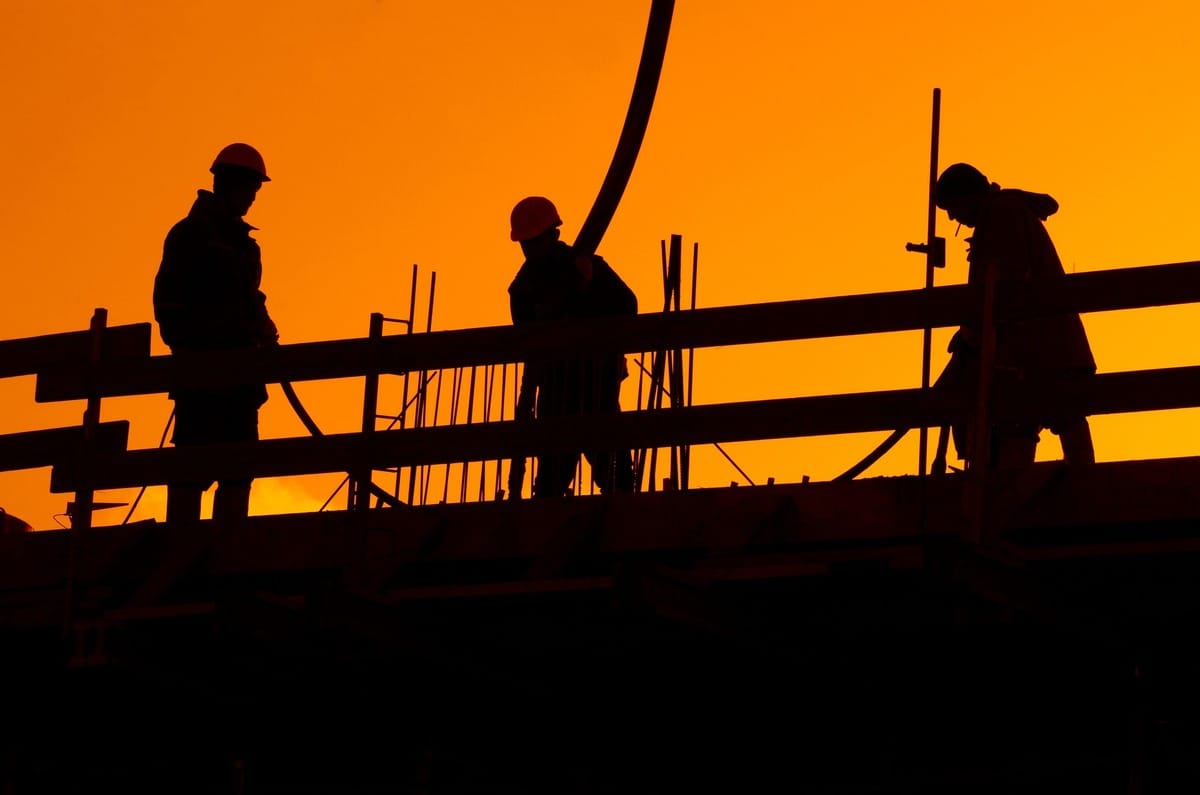- Full Brim Safety
- Posts
- Utilities and Emergency Response - What Lies Beneath and How to React
Utilities and Emergency Response - What Lies Beneath and How to React
Full Brim Safety: Build Smart, Build Safe

Utilities and Emergency Response - What Lies Beneath and How to React
Welcome back, let's Build Smart & Build Safe! We've covered the general hazards of excavations, protective systems, and safe work practices inside the trench. Today, we're focusing on two non-negotiable elements for excavation safety: identifying and protecting underground utilities, and having a clear emergency response plan. What you can't see beneath the surface and how you react in a crisis are equally vital.
Striking an underground utility can lead to electrocution, explosions, widespread service outages, and major environmental damage. And when something goes wrong in a trench, a rapid, organized response can save lives.
1. What Lies Beneath: The Absolute Necessity of Locating Utilities
Call Before You Dig (811): This is the law, and it saves lives! Before any excavation work begins, you must contact 811 (or your local One Call Center) at least a few business days in advance. This service notifies all member utility companies (gas, electric, water, sewer, communication, etc.) to locate and mark their underground lines. On private property you may need to call a private utility locator service.
Respect the Marks: Once utilities are marked (usually with colored flags, paint, or spray paint), maintain a safe distance. The "tolerance zone" is typically 18-24 inches on either side of the marked utility.
Hand Dig Within the Tolerance Zone: Never use mechanized equipment within the tolerance zone. Within this critical area, you must hand dig carefully to expose and verify the exact location of the utility. Use tools like shovels or vacuum excavation.
Be Prepared for the Unexpected: Even with proper marking, discrepancies can occur. Always proceed with caution, especially when digging in areas with dense utility networks.
2. Emergency Response Plan: Know What to Do When Disaster Strikes
Pre-Planned Response: Before any work begins in a trench, especially deep ones, a clear and practiced emergency response plan must be in place. This plan should address:
Cave-ins: Who to call (911), how to account for personnel, and never attempt untrained rescues! Untrained rescuers often become additional victims.
Utility Strikes: Immediate evacuation, contacting 911, and notifying the utility company and supervisor. Do not attempt to fix or cap damaged lines.
Hazardous Atmospheres: Procedures for evacuation, ventilation, and emergency services.
First Aid/Medical Aid: Location of first aid kits and trained personnel.
Communicate the Plan: All personnel working in or around the excavation must know the emergency procedures, including who to contact and where to muster in an emergency.
Rescue Equipment: Ensure necessary rescue equipment (e.g., retrieval lines, air monitors) is readily available and personnel are trained in its use.
These two areas—meticulous utility location and a robust emergency plan—are not just good practices; they are foundational to minimizing the most severe risks in excavation work. Tomorrow, on Fall Protection Friday, we'll focus on protecting workers from falling into excavations.
Don't forget to sign your friends up for Full Brim Safety for your daily dose of construction safety tips!
-The Safety Man
